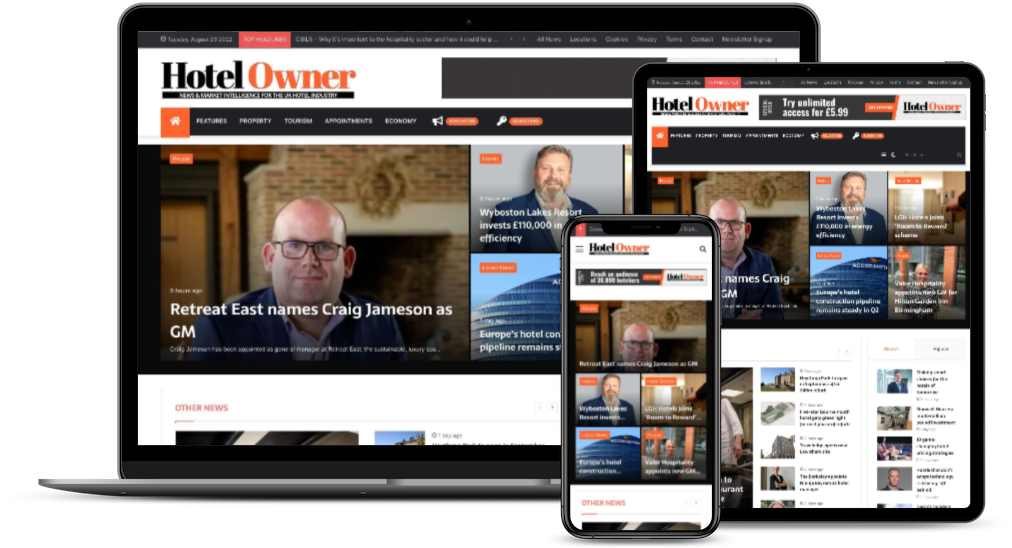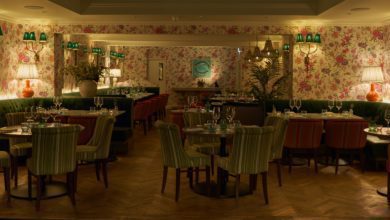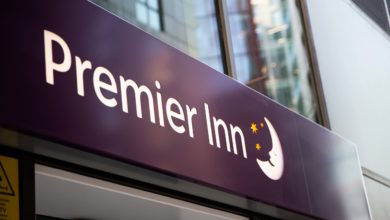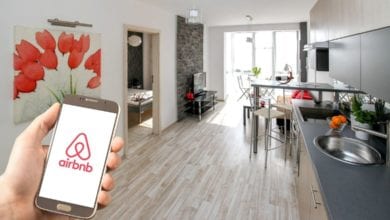Features
How tech is simplifying water systems compliance
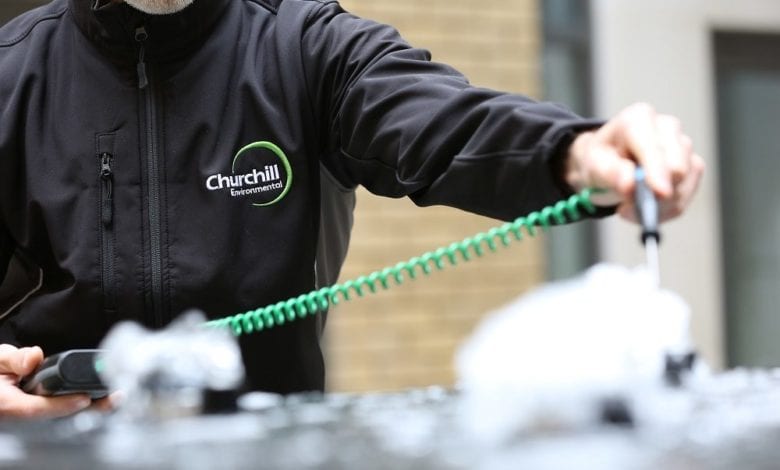
Legionella outbreaks in hotels across the UK are relatively rare, thought this is not due to the lack of risk and unfortunately, we have recently seen the tragic consequences when it does happen. Legionella multiplies and spreads through water systems so buildings with irregular use, high numbers of showers, and often pools and spas, are at significantly greater risk.
You'll need to
subscribe to unlock this content. Already subscribed? Login?

